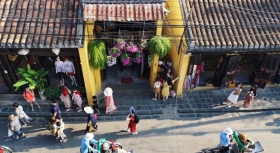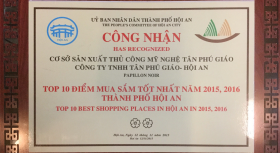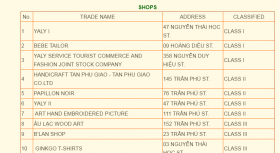The so-called “Cao Lau” is always a “question mark” for the tourists who come to visit Hoi An ancient town. Cao Lau does not come from China nor Japan. This dish is a combination of dishes from many countries. This strange name probably derived from the Chinese means “delicacy”. The rich going to restaurants in Hoi An used to sit on the upstair and ask this dish. Gradually it is abbreviated as “Cao lau”.
Culinary soul in the ancient town
Despite some similarities to Quang noodles, Cao Lau is prepared more elaborately. Rice used to make noodles must be soaked in the ash water so that the noodles will be yellow and delicious. The water used to grind rice is taken form Ba Le well, which is famous for its fresh water. Fried pigskin or dried Cao lau are also used to make the dish more attractive and delicious. Cao Lau is used with thinly-sliced pork slices, fried pork fat, sauce and scraps but little broth. Some roasted peanut is added to help the dish more sapid.
The taste of Cao Lau is a little faded when it is cooked outside Hoi An ancient town. Today, thanks to its fame, Hoi An’s Cao Lau makes an oversea journey to France, the UK, Australia… and takes a domestic trip to Saigon, Quang Ngai, Da Nang… However, there is no place where Cao Lau is as delicious as in Hoi An.



 Survey: over 60% of Japanese want to visit Vietnam
Survey: over 60% of Japanese want to visit Vietnam
 Top 10 Best Shopping Places in Hoi An in 2015
Top 10 Best Shopping Places in Hoi An in 2015
 Tan Phu Giao in the list of “Civilized place of business - 2015”
Tan Phu Giao in the list of “Civilized place of business - 2015”